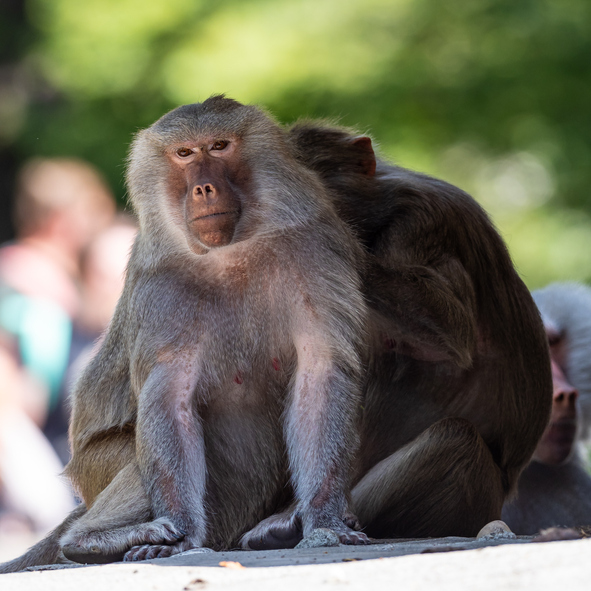
With wait times for human organs as long as several years (at which point it may be too late for the designated recipient), the medical community has turned to animal organs as potentially life-saving alternatives. Recent developments in gene editing such as CRISPR may someday lead to porcine hearts being a viable option for cardiac patients.
In a series of experiments run at Bruno Reichert’s lab in Munich, hearts from genetically engineered pigs were transplanted into baboons. The primates passed the initial test of living 90 days with the donated organ – a benchmark set by the International Society for Heart and Lung Transplantation as an indication of the safety of implementing xenotransplantation with human subjects. Two baboons lived for twice as long – 6 months – before being euthanized by the research team. As similar experiments in the previous two decades typically ended with the baboon test subjects dying within 2 days of receiving the replacement heart, Reichert’s results are a huge step forward.
A key to the success of these tests at the Ludwig Maximilian University of Munich was an experimental nutrient solution, first concocted at Sweden’s Lund University to allow human hearts to remain viable while being transported long distances. Reichert’s team bathed the porcine hearts multiple times over the course of a couple hours prior to transplantation. This technique, when paired with a particular combination of immunosuppressants developed by Muhammad Mohiuddin at the University of Maryland, extended the lifespan of the donee primates to about a month. For their next test group, Reichert’s team added in temsirolimus, another immunosuppressant that slowed the growth of the pig hearts – swine mature much more rapidly than primates, and their earlier subjects showed that this accelerated growth continued in the porcine organs even after transplantation. This final step enabled the baboons to reach the half-year milestone.
While significant research and studies remains to be completed before porcine-human heart transplantation becomes a concrete option, Reichert’s success is a source of optimism for his peers. As Mohiuddin puts it, “We just had this baboon, and it has a pig heart—and it’s living. This is not science fiction, this is really for real now.”


